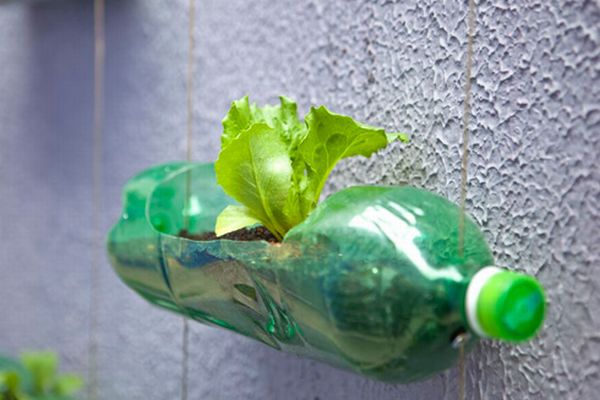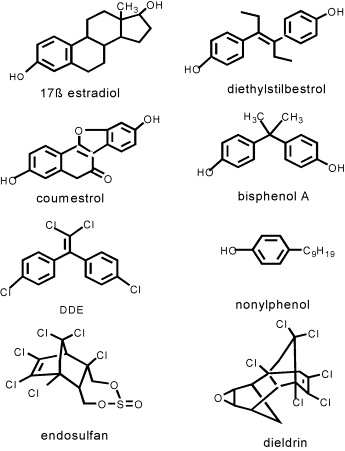Everything we do has some sort of environmental consequence. It’s true for every living thing, I suppose. When gorillas flatten down their sleeping areas, they kill some of the grass. When rabbits dig their burrows, they speed up erosion. When it comes to pollution, however, our species has no competition. We’re so good at it, we do it all the time, without even knowing we’re doing it.
Take the fleece jacket, for example, that staple of everyone’s outdoor gear closet. Were you aware that every time you run it through the washer, nearly 2000 tiny polyester fibers come loose from the cloth and enter the sewage discharge? They are small – in some cases microscopic – so they get through the filters without much difficulty and once they enter the ocean, they become part of the cycle of life (if that’s an appropriate way of describing their impact.)
These synthetic fibers are heavier than water, so they tend to sink to the sea bed, where they can easily be ingested by bottom feeders. Those organisms are, in turn, eaten by larger fish, until they themselves are caught in a net or on the end of a line, and the tiny polymer fibers are returned to us via our seafood platters. Lint: it’s what’s for dinner.
Remember when all the ads were touting the fleece that had been made out of old 2-liter soda bottles? It was easy to jump on that bandwagon and feel good about helping the environment by buying such a “green” product. The jury is still out on the level of damage that our laundry is doing to the global ecosystem, but in the meantime, it seems that wool might be a better choice for outdoor apparel.











